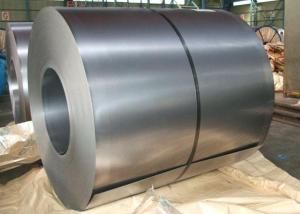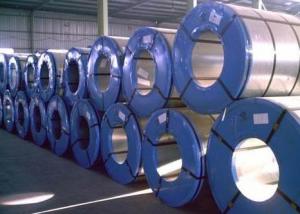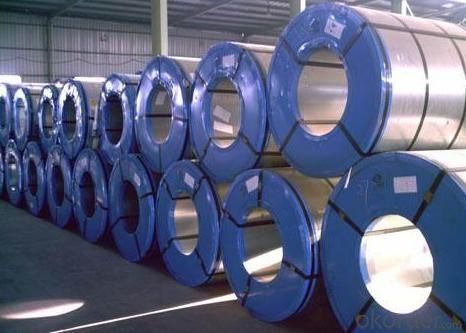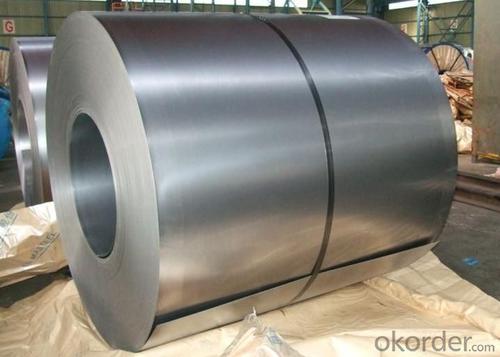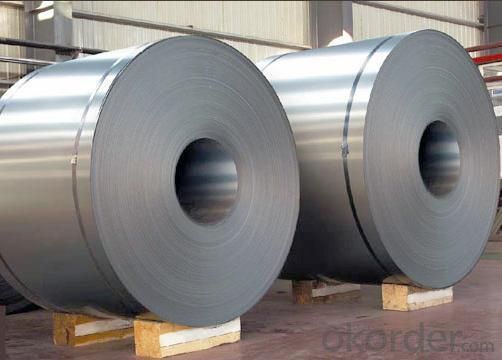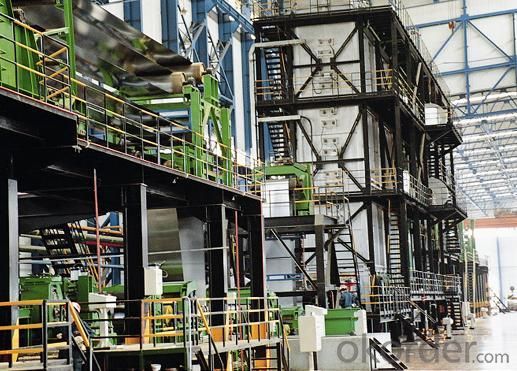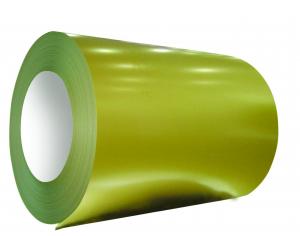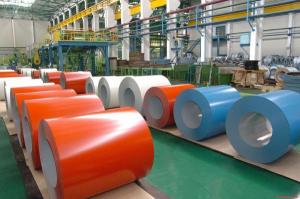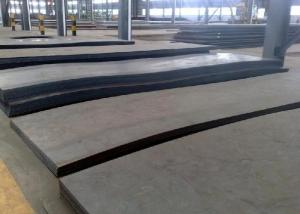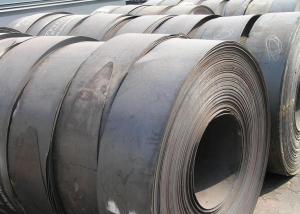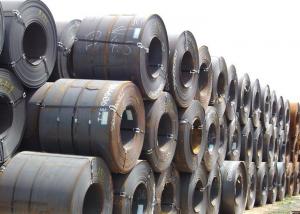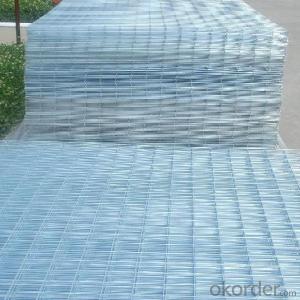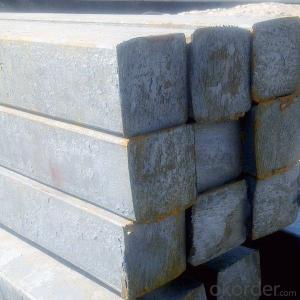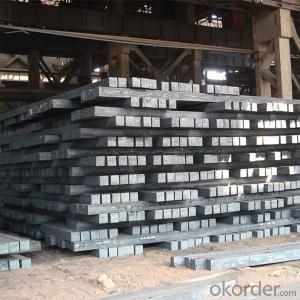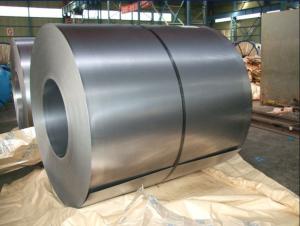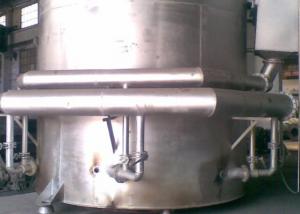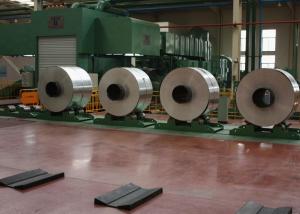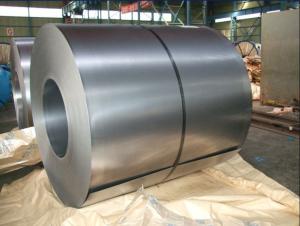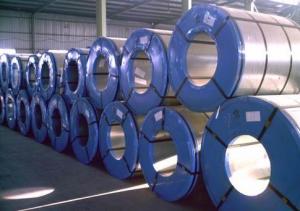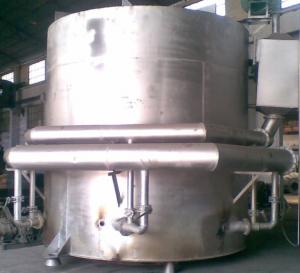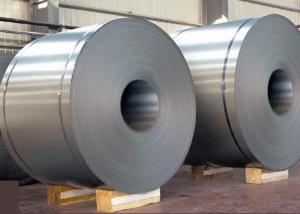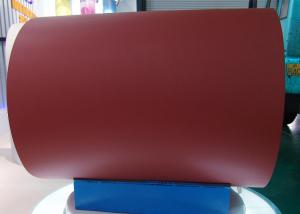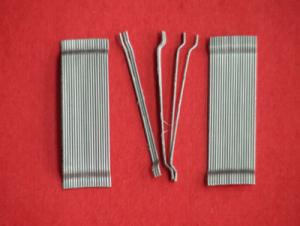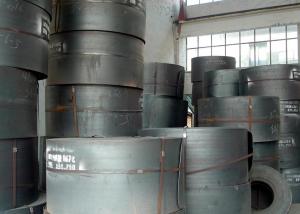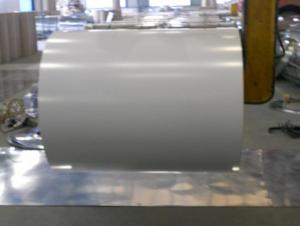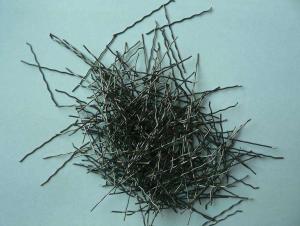Bright Anneal Cold Rolled Steel-EN10130
- Loading Port:
- China Main Port
- Payment Terms:
- TT or L/C
- Min Order Qty:
- 25M/T m.t.
- Supply Capability:
- 50000 Metric Tons Per Month m.t./month
OKorder Service Pledge
OKorder Financial Service
You Might Also Like
Specifications of Bright Anneal Cold Rolled
General Information
The raw material of cold rolled steel coil/sheet is high quality hot rolled product, and after pickling,
continuous rolling, degreasing, annealing, skin pass, slitting and cut to length line etc. Along with it many
kinds of new technology and new process of global cold rolling production have been applied. Therefore the
quality of the goods could be guaranteed. The finished product has a variety of excellent capabilities, such as
processing capability and smooth, flat surface. It’s widely used in outdoor and interior decoration, furnishing
manufacturing, home appliance, automobile etc.
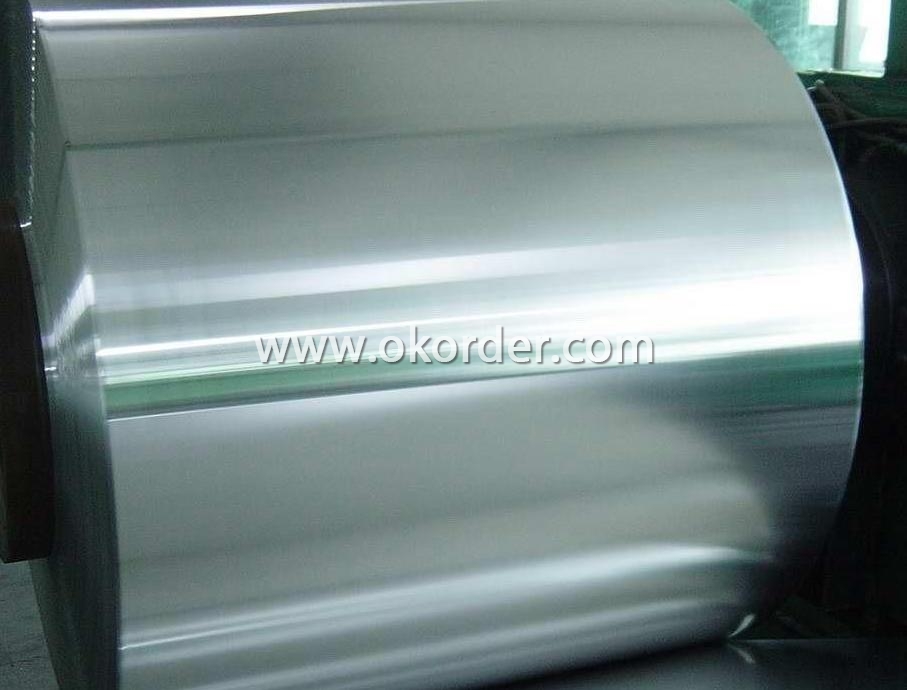
Main specification
|
Thickness 0.10-4.00 mm |
|
Width 600-2000 mm Sheets Length 1200-6000mm |
|
Internal Diameter 508mm or 610mm |
|
Steel Grade DC01,DC03, DC04 |
|
Standard EN10130 Coil Weight 3-25mt Surface Treatment Matt Finish,/Bright Annealed, Oiling/Dry, Bright Anneal |
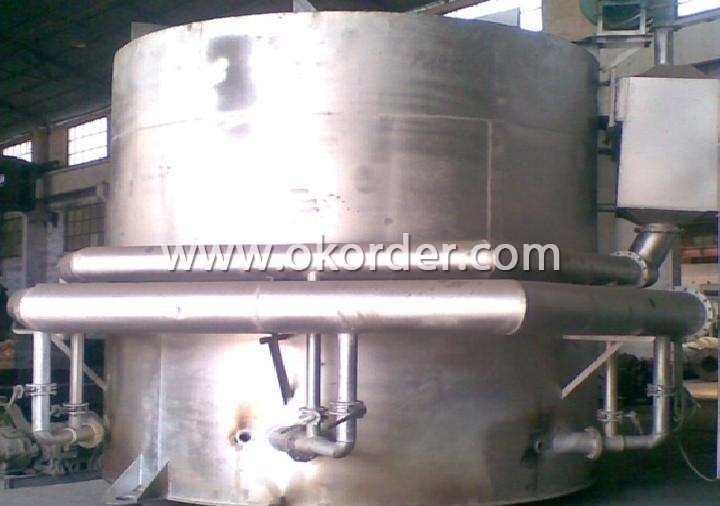
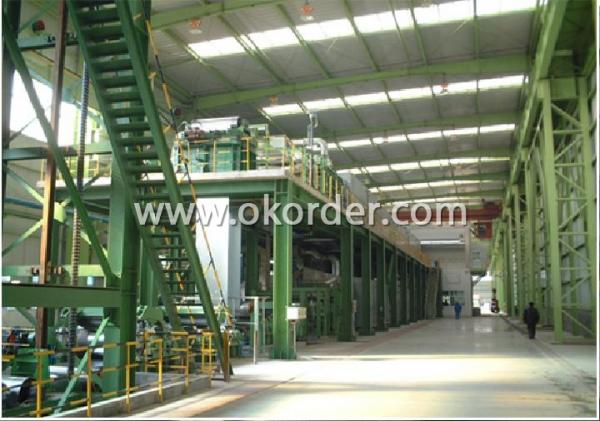
Technical Data
Chemical Composition
|
Chemical Composition |
C |
Si |
Mn |
P |
S |
|
0.04-0.06% |
0.01-0.03% |
0.18-0.22% |
0.014-0.016% |
0.006%-0.009% |
|
Technical Data | |
|
Yield Strength |
(Mpa) 280-320 |
|
Tensile Strength |
(Mpa) 340-390 |
|
Elongation Reverse Impact T-bending Pencil Hardness Duration Of Salt Spray Test Bending At 180 Degree |
20%-41% 9J ≥2T ≥2H 500 H No crack, purling and fraction |
Usage/Applications
It is the based material for galvanized steel coil and pre-painted galvanized steel coil. It is widely used in light
industry for making tank, furniture, pipe, refrigerators, washers, freezer plate, air conditioner, micro-wave oven,
water heater, soot-such machine, electric rice cooker, electric roaster oven, dryers and automobile etc. In the
other application industries, it’s mainly used for enameling, office furniture, burglarproof door, electronic element,
fastener battery, hardware, automotive fitting etc.
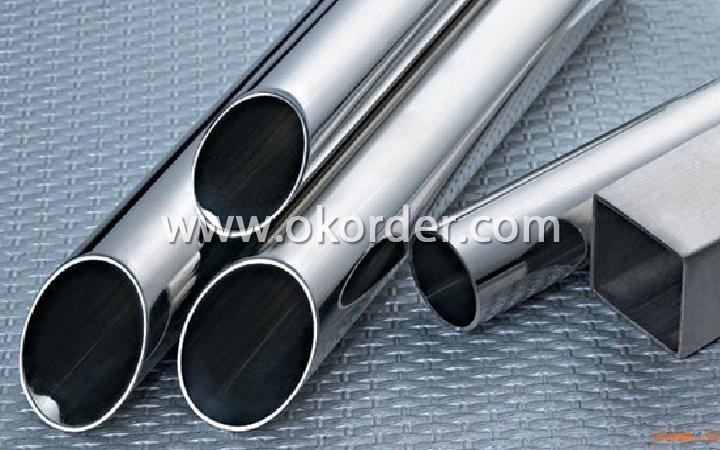
EXPORT PACKAGE
Eye to sky package: Anti-damp paper inside full wrapped with plastic film, iron sheet outside on wooden pallet
in 20 feet container with 25mt.
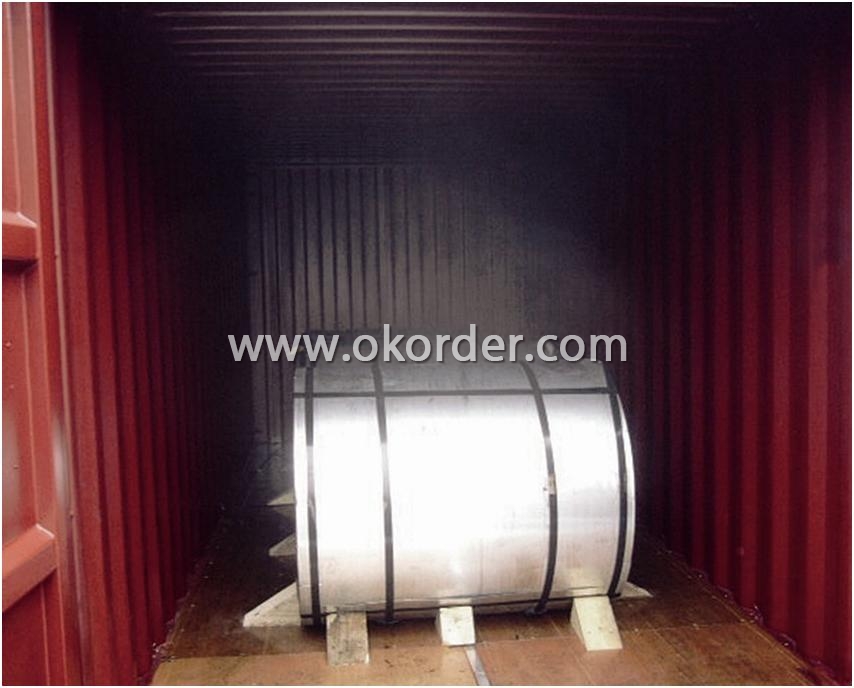
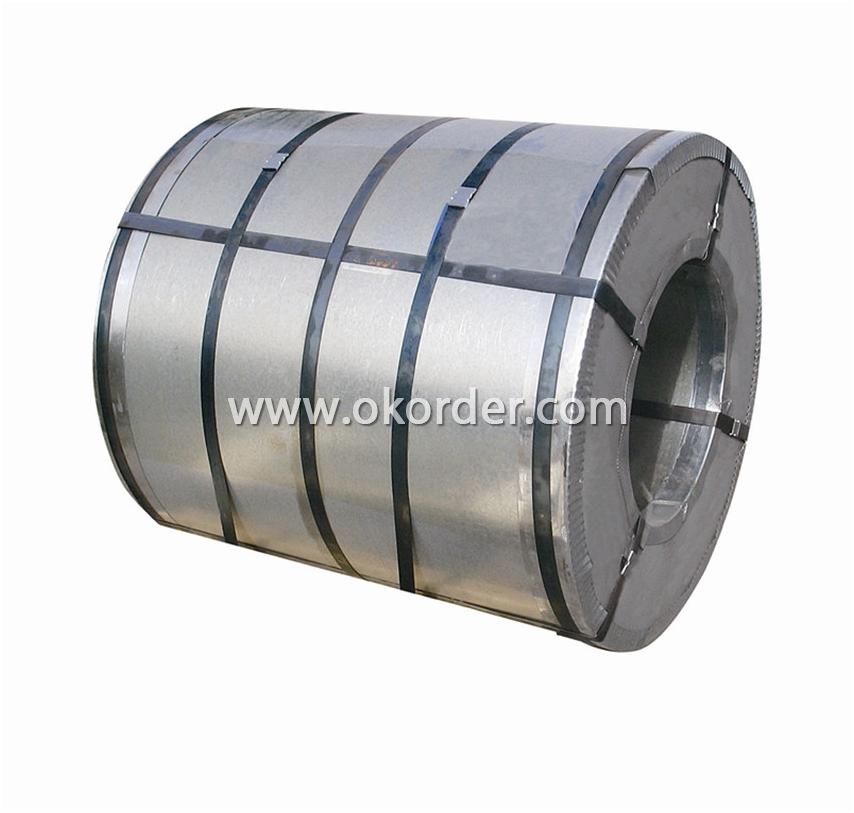
- Q: What is the importance of steel reinforcement in concrete structures?
- The importance of steel reinforcement in concrete structures lies in its ability to enhance the strength, durability, and overall performance of the structure. Steel has a high tensile strength, which complements the low tensile strength of concrete, ensuring that the structure can withstand various types of loads and forces. It helps prevent cracking and deformation, increasing the structural integrity and longevity of the concrete. Additionally, steel reinforcement provides stability, improves resistance to fire and seismic activity, and allows for more flexible design possibilities in construction.
- Q: How are steel products used in the manufacturing of consumer goods?
- Steel products are used in manufacturing consumer goods in various ways. Steel is a versatile and durable material that is commonly used to create different components, parts, and structures in consumer products. It can be found in appliances, automobiles, furniture, tools, and even in packaging materials. Steel provides strength, stability, and resistance to wear and tear, making it an essential material in the manufacturing process of consumer goods.
- Q: How can steel products be recycled?
- Steel products can be recycled by first collecting and sorting them from other waste materials. The collected steel is then cleaned and processed to remove impurities. It is then melted down in a furnace and transformed into new steel products, which can be used in various industries. This recycling process helps conserve natural resources, reduce energy consumption, and minimize environmental pollution.
- Q: How is steel sheet metal formed?
- Steel sheet metal is formed through a process called cold rolling, where the steel is passed through a series of rollers to reduce its thickness and increase its length. This process allows for the creation of thin and flat sheets of steel that are used in various industries for manufacturing purposes.
- Q: How is steel mesh used in construction?
- Steel mesh is commonly used in construction as a reinforcement material. It is mainly used to strengthen concrete structures such as floors, walls, and foundations. The mesh is placed within the concrete to provide additional tensile strength, preventing cracks and enhancing the overall durability of the structure. Additionally, steel mesh is used in the construction of fences, barriers, and cages to provide security and containment.
- Q: How are steel pipes used in the transportation of chemicals?
- Steel pipes are commonly used in the transportation of chemicals due to their durability and resistance to corrosion. They provide a safe and efficient means of transporting various types of chemicals, including corrosive substances, acids, and gases. The steel pipes are designed to withstand high pressure and temperature, ensuring the integrity of the chemical transportation process. Additionally, steel pipes can be easily welded and connected, allowing for seamless connections and minimizing the risk of leaks or spills during transportation.
- Q: How is steel used in the production of process equipment for chemical plants?
- Steel is commonly used in the production of process equipment for chemical plants due to its high strength, durability, and resistance to corrosion. It is used to fabricate various components such as tanks, reactors, pipes, and valves, ensuring they can withstand harsh chemical environments and high-pressure conditions. Additionally, steel can be easily welded and shaped, allowing for custom designs and efficient manufacturing processes in the production of process equipment for chemical plants.
- Q: What are the different types of steel valves and their uses?
- There are several types of steel valves commonly used in various industries. Some of the most common types include gate valves, globe valves, ball valves, butterfly valves, and check valves. Gate valves are primarily used to control the flow of fluid by either fully opening or closing the valve. Globe valves are suitable for regulating flow and controlling the pressure level in a pipeline. Ball valves, on the other hand, use a spherical ball to control flow and are known for their quick shut-off capabilities. Butterfly valves are used for isolating or regulating flow in large pipes, as they offer a compact design and low-pressure drop. Check valves, also known as non-return valves, are designed to prevent backflow, ensuring that fluid flows only in one direction. Each type of steel valve has its specific uses and advantages, and the selection depends on factors such as the nature of the fluid, pressure requirements, and application requirements.
- Q: What is the role of steel in the infrastructure development?
- Steel plays a vital role in infrastructure development as it is a versatile and durable material. It is widely used in the construction of buildings, bridges, roads, and other major infrastructure projects. Steel's high strength-to-weight ratio makes it suitable for supporting heavy loads and withstanding extreme weather conditions. Additionally, it provides flexibility in design and allows for efficient construction methods. Overall, steel is essential in ensuring the safety, stability, and longevity of infrastructure systems.
- Q: What are the different types of steel wire ropes and their uses in marine applications?
- There are various types of steel wire ropes used in marine applications. Some common ones include galvanized steel wire ropes, stainless steel wire ropes, and PVC-coated steel wire ropes. Galvanized steel wire ropes are coated with zinc to protect against corrosion and are commonly used for general marine applications such as mooring lines, towing, and rigging. Stainless steel wire ropes, on the other hand, are highly resistant to corrosion and are often utilized in marine environments with high exposure to saltwater, such as for yacht rigging, fishing nets, and architectural elements on boats. PVC-coated steel wire ropes provide an additional layer of protection against corrosion and are suitable for applications where abrasion resistance is required, such as in winches, cranes, and lifting equipment used in marine settings. Overall, the choice of steel wire rope in marine applications depends on factors like the level of corrosion resistance needed, the specific application requirements, and the environmental conditions it will be exposed to.
1. Manufacturer Overview
| Location | Hebei, China |
| Year Established | 1999 |
| Annual Output Value | |
| Main Markets | Africa Eastern Europe Southeast Asia Eastern Europe;North America |
| Company Certifications | ISO9001 GBT28001 ISO14001 |
2. Manufacturer Certificates
| a) Certification Name | |
| Range | |
| Reference | |
| Validity Period |
3. Manufacturer Capability
| a) Trade Capacity | |
| Nearest Port | Tianjin; Qingdao |
| Export Percentage | 41% |
| No.of Employees in Trade Department | 20 People |
| Language Spoken: | English; Chinese |
| b) Factory Information | |
| Factory Size: | 198000square meters |
| No. of Production Lines | 5 |
| Contract Manufacturing | OEM Service Offered |
| Product Price Range | Average |
Send your message to us
Bright Anneal Cold Rolled Steel-EN10130
- Loading Port:
- China Main Port
- Payment Terms:
- TT or L/C
- Min Order Qty:
- 25M/T m.t.
- Supply Capability:
- 50000 Metric Tons Per Month m.t./month
OKorder Service Pledge
OKorder Financial Service
Similar products
Hot products
Hot Searches
Related keywords
